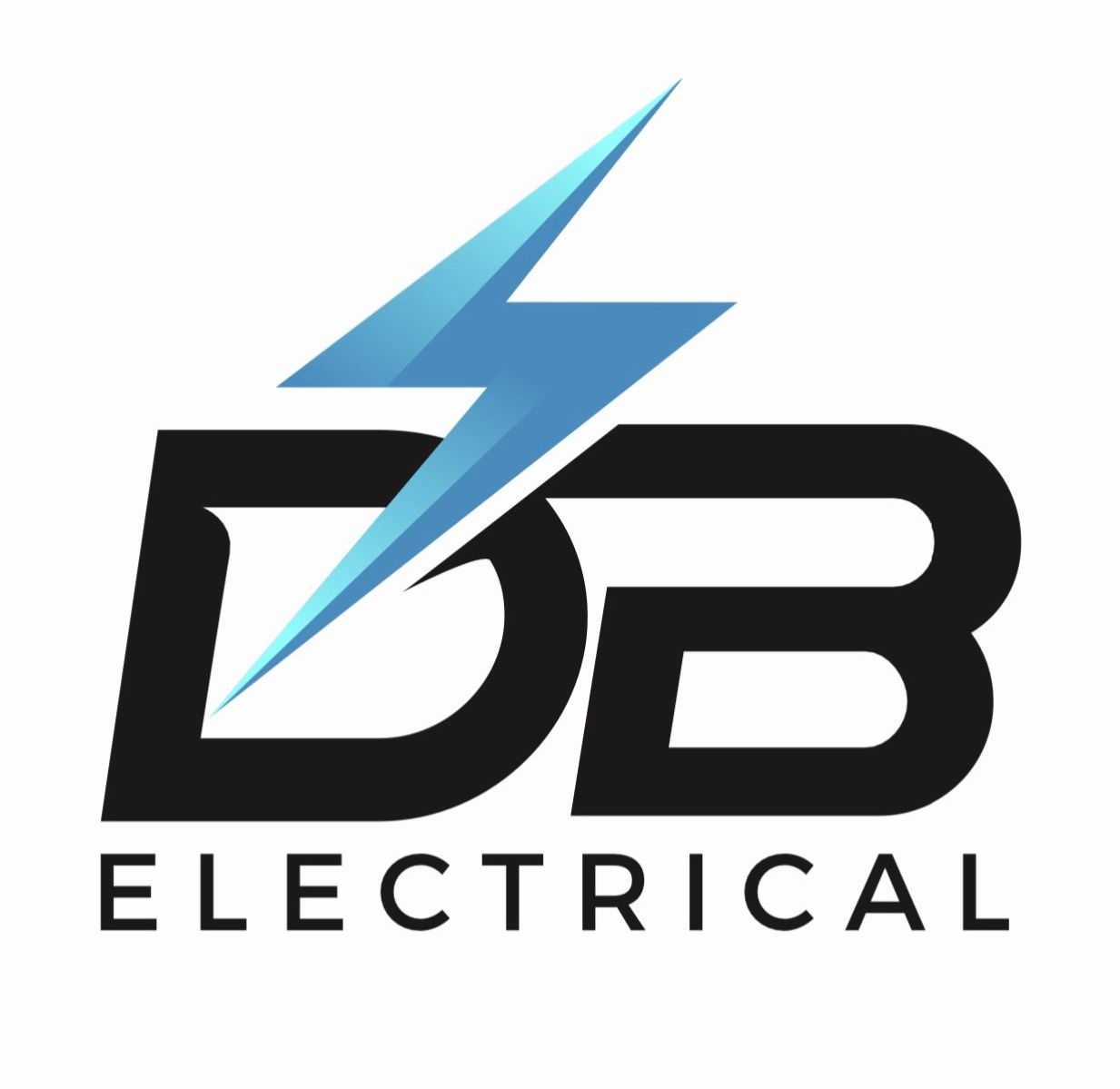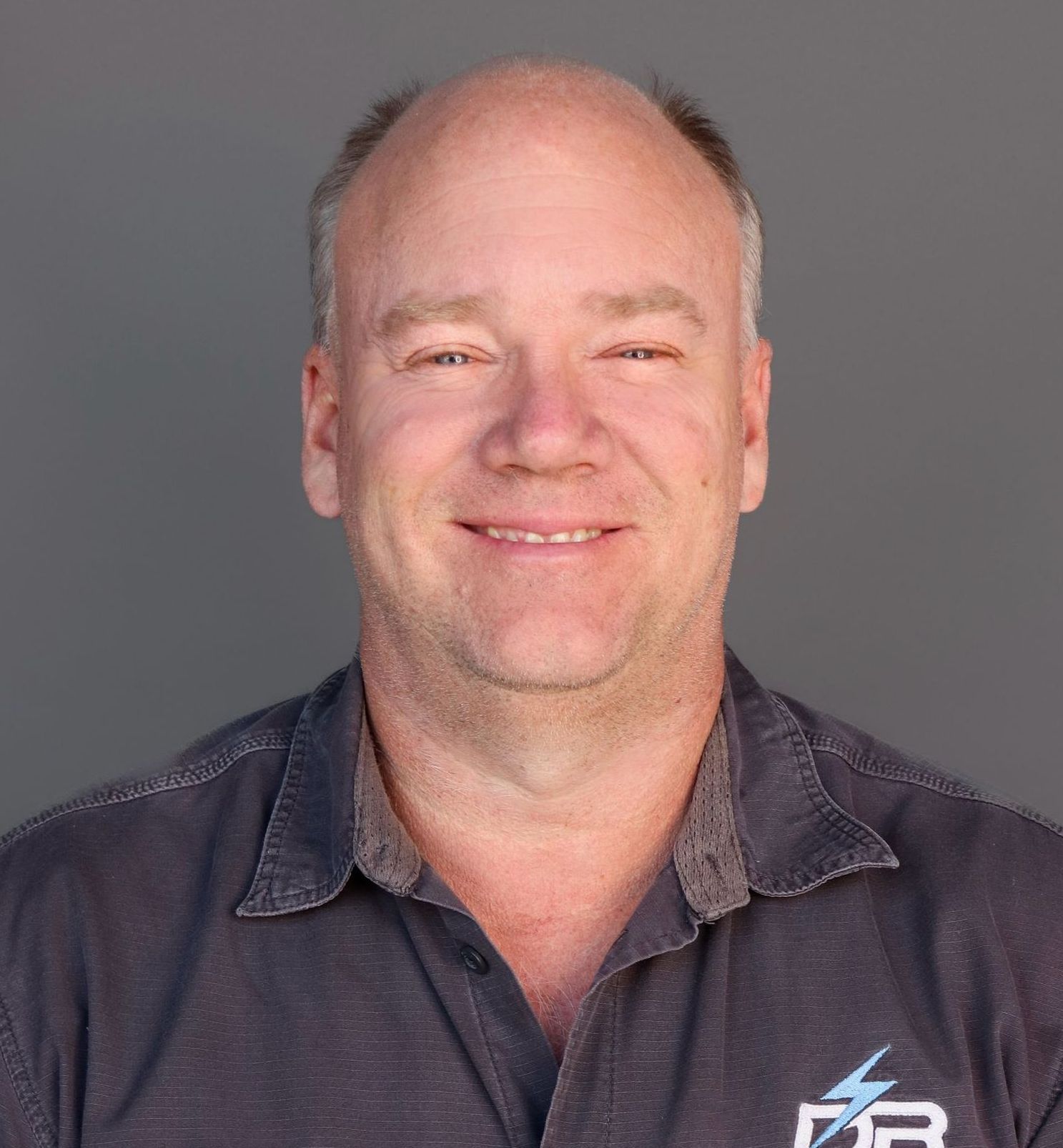Smoke Alarm Installation
Are You Ready for the New QLD Smoke Alarm Legislation?
To enhance safety for homeowners and tenants, the
Queensland Government is introducing new legislation regarding smoke alarms in residential properties.
These new regulations will apply to both landlords and homeowners. Rental properties must comply by 2022, while owner-occupied homes must meet the requirements by 2027.
DB Electrical is here to help you ensure your property meets the requirements well before the deadlines, safeguarding you, your family, and your home.
Key Changes to Smoke Alarm Legislation:
By January 1, 2027, all existing private homes, townhouses, and units will be required to have interconnected photoelectric smoke alarms. Registered caravans and motorhomes must also be fitted with a photoelectric smoke alarm.
Since January 1, 2017, all smoke alarms must comply with Australian Standard 3786-2014, meaning existing smoke alarms need to be replaced with interconnected photoelectric smoke alarms.
Your Queensland property’s smoke alarms must be:
- On each storey
- Installed in every bedroom.
- In hallways connecting bedrooms to the rest of the dwelling.
- Hardwired (e.g., 240V) to the mains power supply with a secondary power source (i.e., non- removable 10-year battery) or powered by 10-year non-removable batteries with a photoelectric smoke alarm.
- Interconnected, so if one alarm sounds, they all do.
- Compliant with Australian Standard AS3786:2014.
From January 1, 2017, any smoke alarms more than 10 years old must be replaced with new photoelectric smoke alarms.
For Homeowners (Owner-Occupiers):
By January 1, 2027, all private homes, townhouses, and units must have interconnected photoelectric smoke alarms.
For Landlords:
Within 30 days before a new tenancy begins, landlords must test and clean each smoke alarm in the property. Some real estate agents may outsource smoke alarm maintenance to third-party companies, which may incur additional costs for the landlord. While a "certificate of compliance" from these companies may be requested, it is not a legal requirement but could be part of the real estate agent’s internal process.
Landlords who fail to comply with the legislation could receive an infringement notice.
For Renters:
As a renter or tenant, the landlord is responsible for installing compliant smoke alarms. However, renters are required to test and clean the smoke alarms at least once a year. Testing is as simple as pressing the “test” button, and cleaning usually involves vacuuming the alarms per the manufacturer’s instructions.
You do not need to be a licensed professional to clean or test domestic smoke alarms.
Selling or Leasing a Property:
All homes or units being sold must have photoelectric, interconnected smoke alarms. This obligation applies when the initial sale contract is signed after December 31, 2021.
If the sale contract is signed after this date, the seller must upgrade the property to the updated smoke alarm standard before the transfer occurs. The seller must supply a compliance declaration to the buyer during the property transfer process. A licensed electrician must install interconnected smoke alarms and issue a certificate of testing and compliance as per the Electrical Safety Regulation 2013.
Caravans and Motorhomes:
From July 1, 2024, all newly registered or transferred Queensland caravans and motorhomes must have a photoelectric smoke alarm installed on the ceiling.
By January 1, 2027, all other Queensland registered caravans and motorhomes must also comply.
Maintaining Smoke Alarms:
Smoke alarms need to be regularly dusted or vacuumed to ensure they continue functioning properly. Accidental alarms, which occur without the presence of fire, can be disruptive and dangerous if the alarm batteries are removed or the interconnected system is disabled.
To maintain your smoke alarms:
- Test them regularly to ensure proper functioning.
- Vacuum to remove dust that might affect the sensors.
Professional Smoke Alarm Services:
If you’re unsure whether your current smoke alarm setup complies with the regulations or what needs to be done, DB Electrical is here to help. Our expert electricians will:
- Assess your existing smoke alarm system.
- Test your smoke alarms.
- Advise you on any upgrades needed.
- Install new photoelectric smoke alarms, if necessary.
For help with your responsibilities as a homeowner or landlord, call
DB Electrical at
07 3889 7788 today.
Additional information on installation is available in the
Smoke Alarm Installation Fact Sheet.
Smoke Alarms FAQs
Why do smoke alarms need to be interconnected?
In Queensland, smoke alarms must be interconnected to enhance safety by ensuring that when one alarm detects smoke or fire, all alarms in the home will sound. This provides early warning throughout the property, even if the fire starts in a distant room. Interconnected smoke alarms are particularly important in larger homes or multi-level properties, offering more time for occupants to react and evacuate safely. This system significantly increases the effectiveness of fire detection and helps prevent delays in response during a fire emergency.
Why do smoke alarms need to be hardwired with a battery backup?
Smoke alarms need to be hardwired with a battery backup to ensure they remain functional at all times, even during power outages. Hardwiring connects the alarm to the mains power supply, providing a constant power source, while the battery backup ensures the alarm continues to function if the electricity fails. This dual-power system increases reliability, ensuring the smoke alarm will alert occupants in the event of a fire, even if there is a power failure. This feature is vital for continuous protection.
What are the current smoke alarm regulations?
The Queensland Government has been rolling out new smoke alarm legislation since 2017. You can learn more about the current legislation and regulations in the Queensland Fire Department Smoke Alarm Installation Fact Sheet.
Do you need to be an electrician to install smoke alarms?
Hardwired smoke alarms (also known as mains-connected or 240-volt alarms) must be installed and repaired by a licensed electrician. However, non-removable 10-year lithium battery and 9-volt battery-powered smoke alarms can be installed by residents.
Can you install a smoke detector yourself?
You can install battery-powered smoke alarms (10-year lithium battery-powered types) yourself, as these do not require professional installation.
What is a photoelectric smoke alarm?
Photoelectric smoke alarms detect smouldering fires quickly by using an LED light within a sensing chamber. When smoke enters, it reflects the light back onto the sensor, activating the alarm. Studies show that photoelectric alarms respond much faster to smoky, smouldering fires—often the most common type in homes. They can detect these fires in 3 to 5 minutes, whereas ionisation alarms may take up to 20 minutes to react.
Which type of smoke alarm is recommended in Queensland?
Queensland Fire and Emergency Services recommend photoelectric smoke alarms due to their faster response times, fewer nuisance alarms from cooking, and superior ability to detect smouldering fires with dense smoke. The new smoke alarm legislation also requires that faulty or outdated alarms be replaced with photoelectric models.
What kind of smoke alarm is suitable for the deaf or hearing impaired?
Smoke alarms designed for deaf or hearing-impaired individuals use visual warnings, such as strobe lights, instead of audio signals. These alarms can be paired with vibration pads that are placed under pillows or mattresses to alert residents while they sleep.
Do smoke alarms need to meet a specific Australian Standard?
Yes, all smoke alarms that are required to be installed or replaced by legislation must be photoelectric and comply with Australian Standard 3786–2014.
How can I tell if a smoke alarm meets Australian Standard 3786–2014?
A smoke alarm that meets Australian Standard 3786–2014 will have the marking "AS3786–2014" on the device.
Where should smoke alarms be installed in a room?
The preferred location for smoke alarms is the centre of the room, but this is not a strict requirement. The alarm must be installed on the ceiling, at least 300mm from corners or lights, and 400mm away from anything that could affect airflow, such as air conditioners or ceiling fan blades. Special requirements apply for sloping ceilings and ceilings with exposed beams.
Additional information on installation can be found in the Queensland Fire Department Smoke Alarm Installation Fact Sheet.







